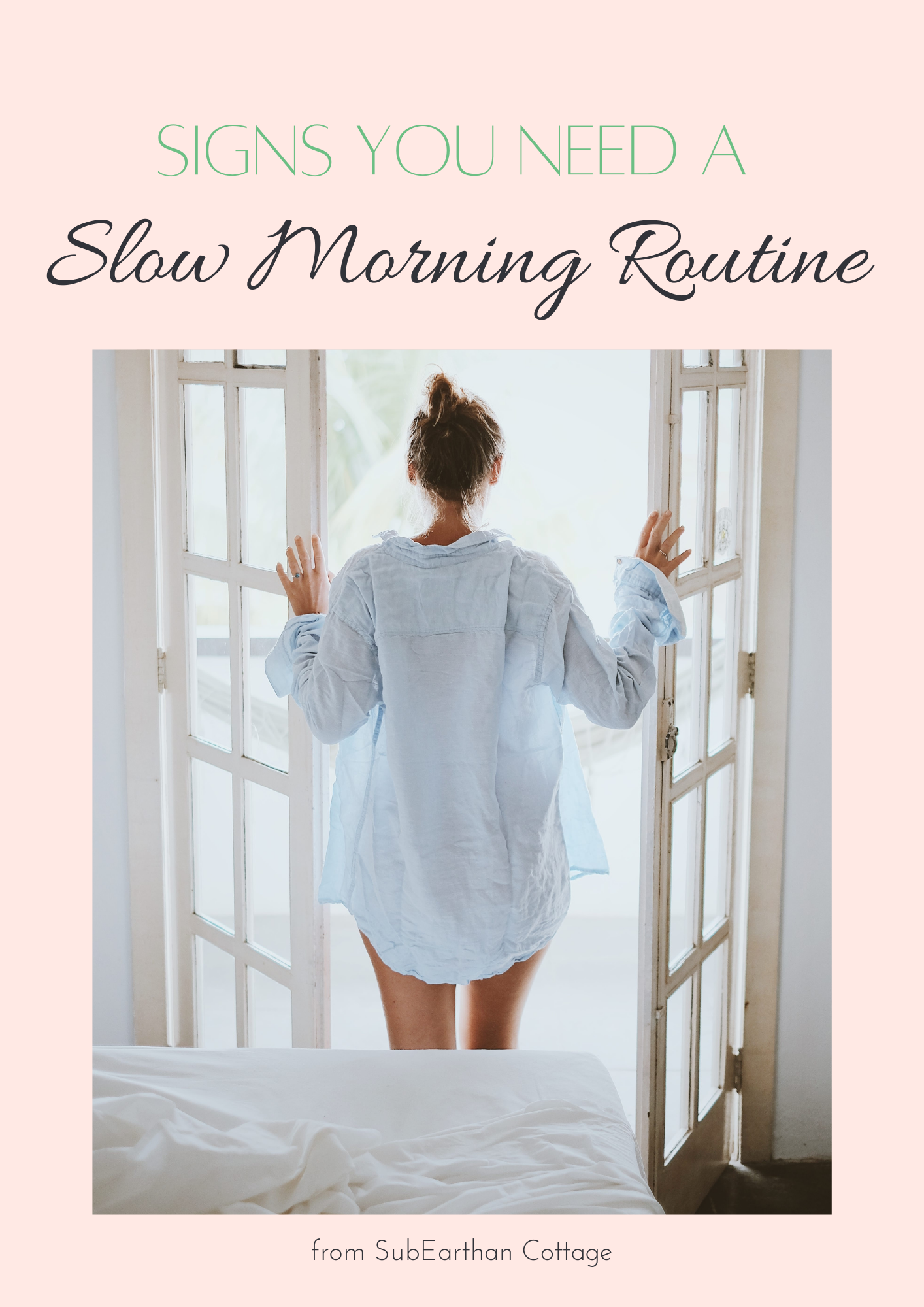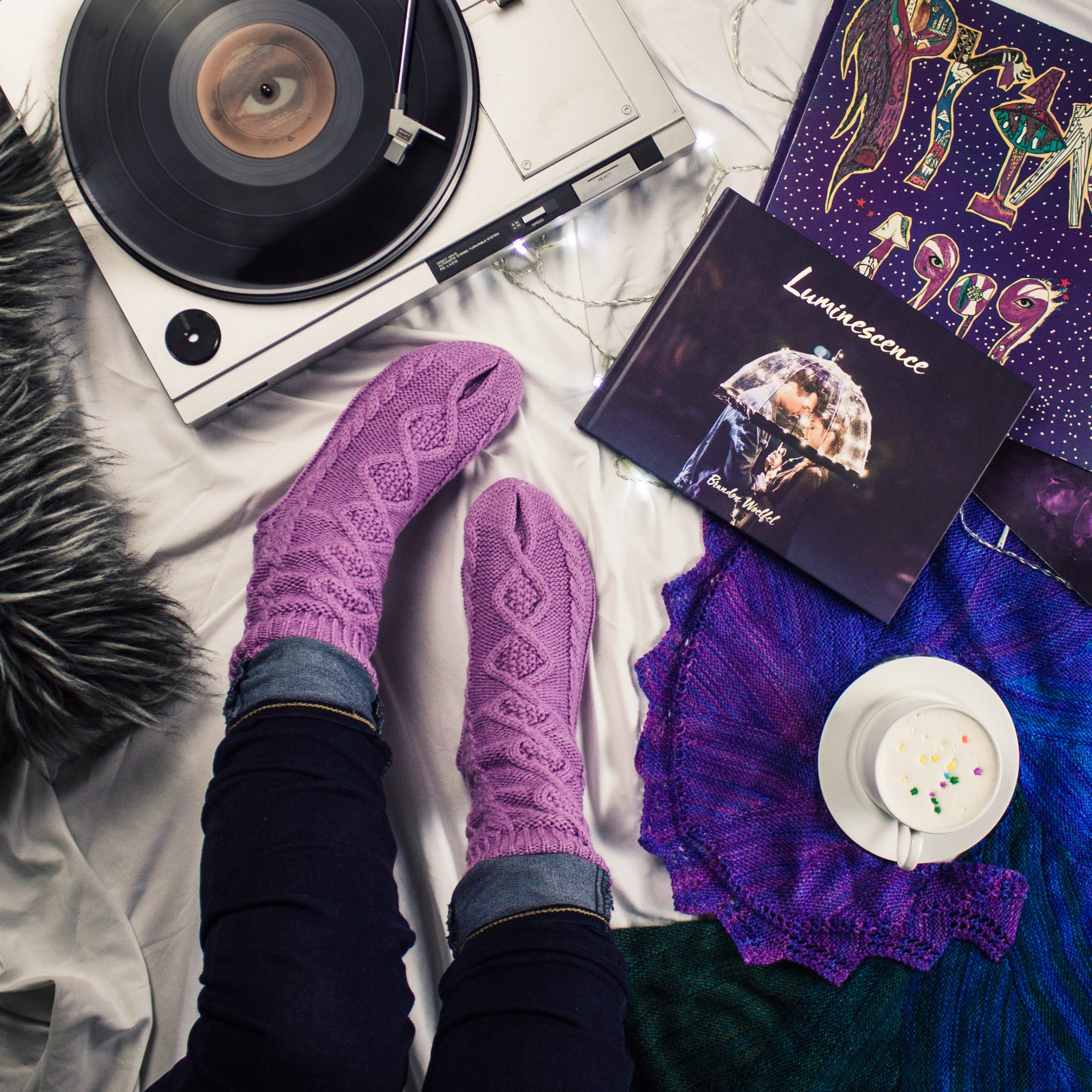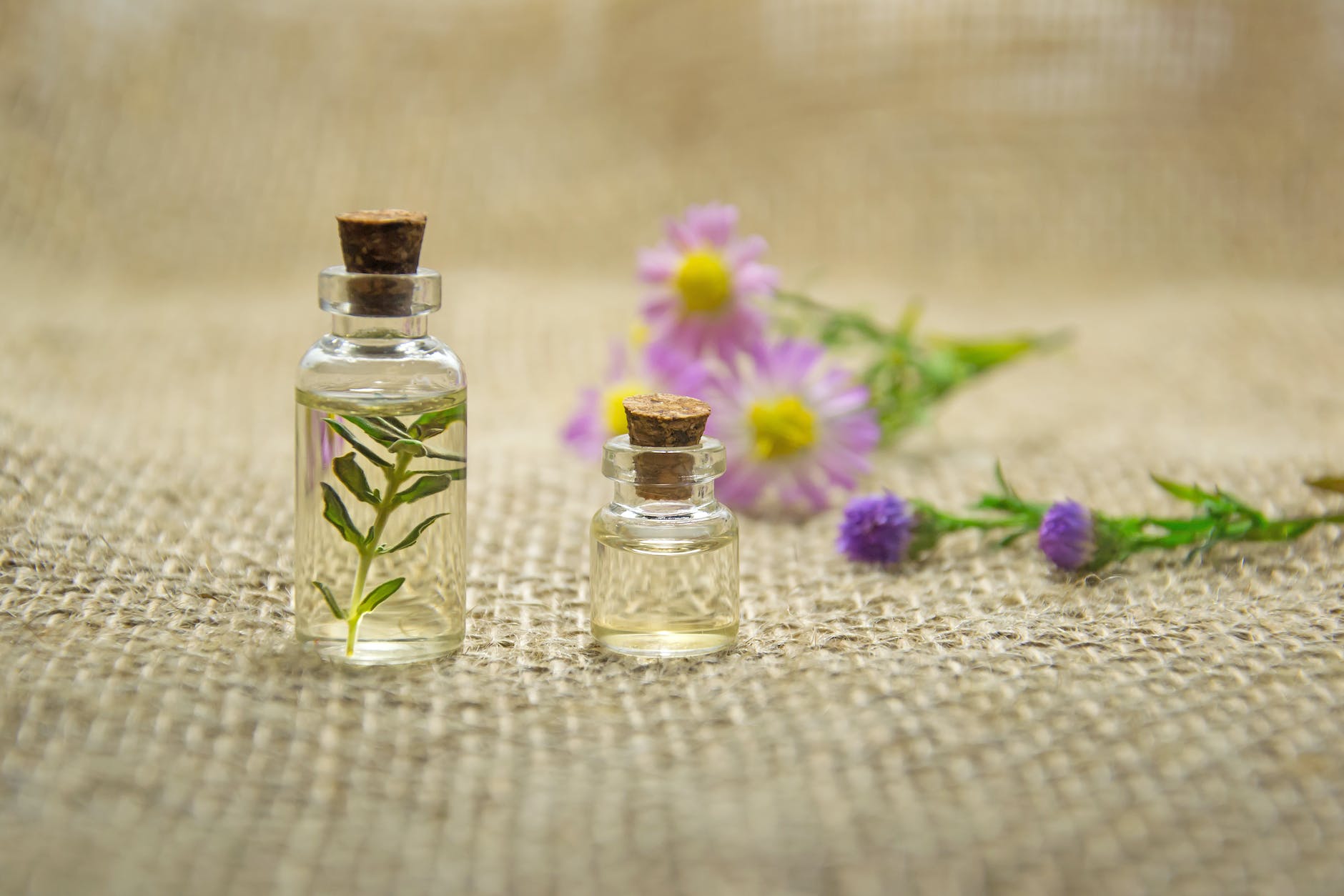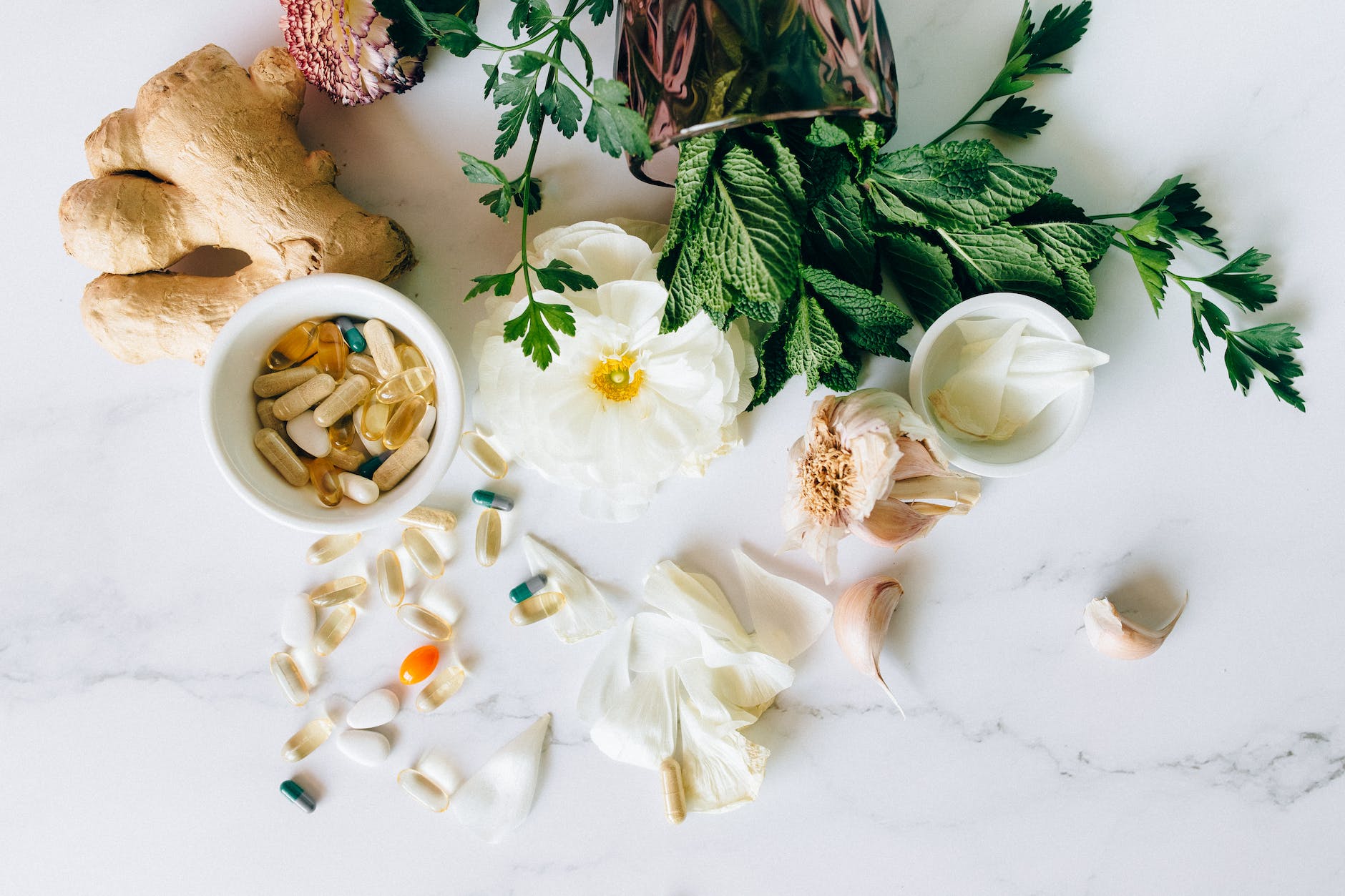
Signs You Need a Slow Morning Routine
Our mornings set the tone for the day. Who hasn’t heard the adage from Benjamin Franklin, “Early to bed and early to rise makes a man healthy, wealthy, and wise”? The common trend is to do as much as you can in the morning. We’re told to get up at 5:00am, have a smoothie, workout, and fit in hours worth of stuff before our “real” work begins. Instead of a simple, slow morning routine, we’ve been told to squeeze productivity into every second.
Luckily, many people are moving beyond this concept and embracing the beauty of a calm, slow morning routine. It is not a lazy one, it’s a gentle one. A slow, simple routine allows you time to gradually get up, and move at your own pace. It simplifies your routine to just the few most important habits you have.
How do you know it’s time for a slow morning routine? Here are some signs to look out for:
You Always Wake Up Anxious or Stressed
This is probably the biggest and most common sign that you are in need of slowing down in the morning. Waking up already stressed or anxious is a sign of having a lot of stress in your life. But it can also be because your mornings are always so hectic and rushed and stressful, then you are anticipating it from the moment you open your eyes.
There is no better reason than to start slowing down and simplifying your morning routine, to see if it helps with your stress and anxiety. You may notice this is exactly what you needed.
You Dread Getting Out of Bed
Another big sign of needing to adjust or reset your morning routine is when you dread getting out of bed altogether. This might not be just because of the rest of your day, like not wanting to go to work or having responsibilities you aren’t excited about. But really just having an overly chaotic morning. When you notice you just want to stay in bed and keep putting off starting your morning, it is a good sign that you and to make some changes.

Your Mornings Are Always Chaotic
Naturally, if you have chaotic mornings, you should change that. The challenge is that people think this is normal. We all make jokes about how nothing is ready, the kids never want to get dressed, and how we are always hustling. This isn’t a good thing, however, and it doesn’t always have to be the case.
You can have a calmer morning by just adjusting your routine and schedule a little bit. No matter what your lifestyle is like, there are almost always changes to make to have a calmer, slow morning routine.
You Have No Consistent Morning Routine
Some people claim they don’t have a morning routine. What they really mean is that they don’t have a consistent morning routine. Their mornings are so varied and sporadic, they tend to run around like a chicken with its head cut off, not really having a plan or any intentions in place.
If this sounds like you, what you need is consistency. That is exactly what a slow morning routine gives you. It tends to be much calmer and more relaxed, with far fewer habits to go through. Even if your routine just consists of drinking coffee on the porch before getting ready for work, that one little habit is something you can do every single morning. It creates the habit of consistency that you need.
For me, even though I love everyone being home for the summer, it throws my morning routine off. This, in turn, throws my days off. I don’t have a huge morning routine during the school year, but the consistency makes all the difference. With no schedule commitments, I should have more time to get things done. Instead, the lack of consistency makes me less productive overall.
You Feel Like You Have No Time to Yourself
Lastly, if you feel like you have no time for yourself, you definitely need a slow morning routine. This creates the intention that you are doing something just for you, with no distractions and no responsibilities. It includes absolutely anything you want it to include. Maybe that’s something as simple as reading in bed for a few minutes before getting up, having your favorite tea or coffee with no distractions, or meditating. Anything that gives you a bit of peace in your morning.
If this is something you need in your life, keep following for ways to revamp your morning routine and how it will benefit you.









